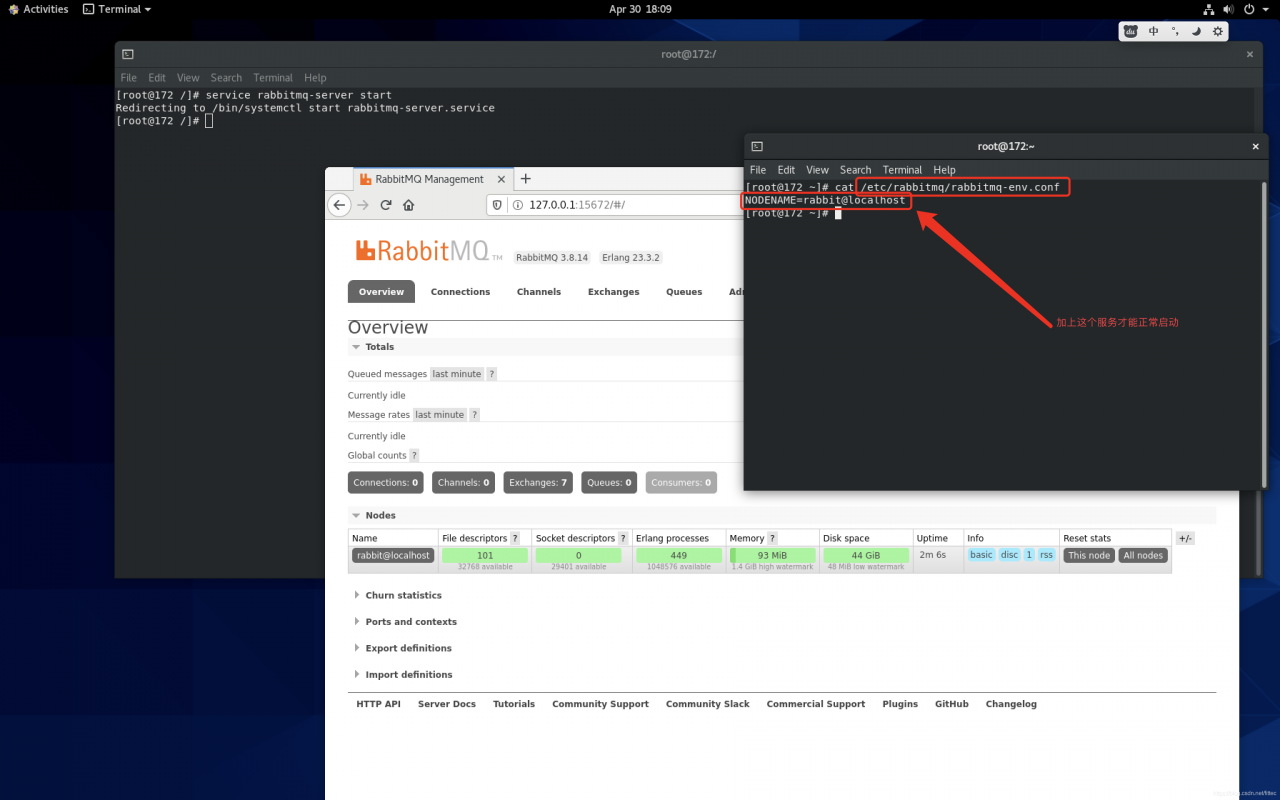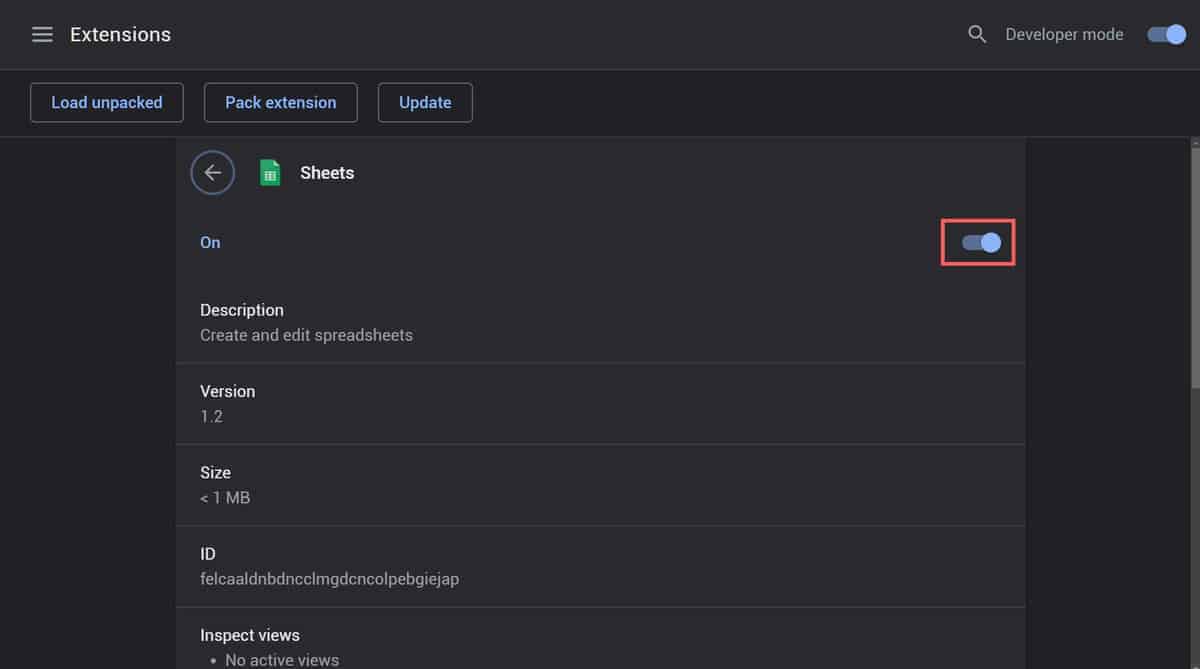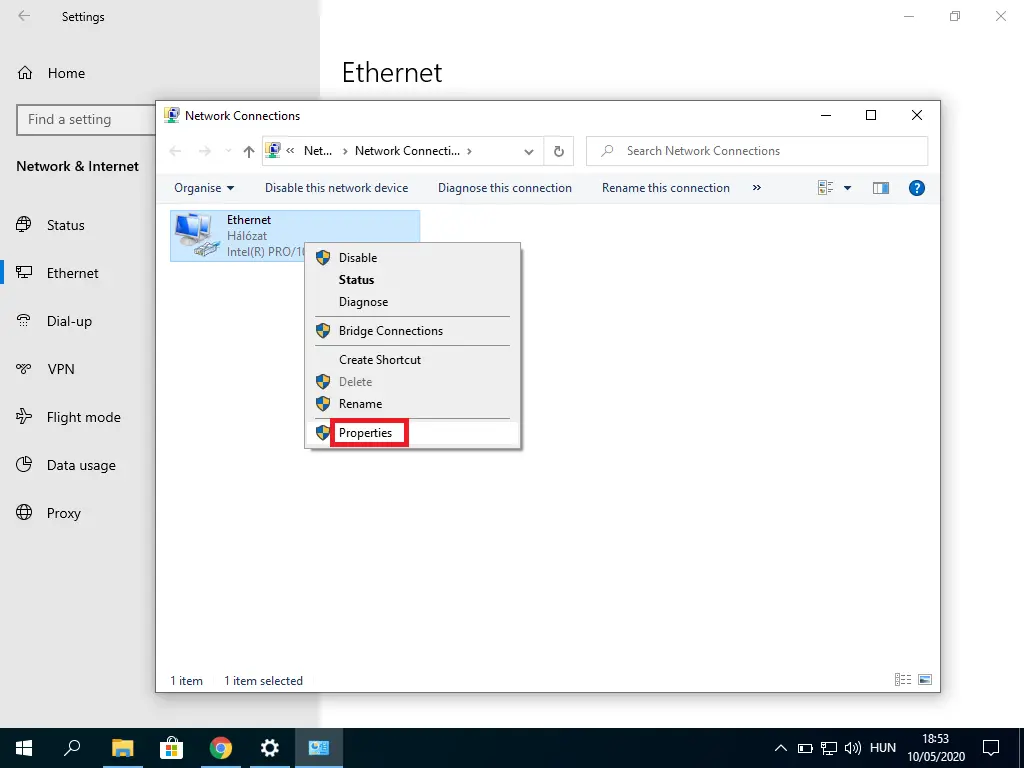
User default on #843e05d517d59xxxxxxxxxxxxxxxxxxa1ae4ec6dc2e8d8abf ~* &* config-epoch mymaster 1 Sentinel known-replica mymaster .cluster.local 6379 Sentinel known-sentinel mymaster .cluster.local 26379 4fa2993axxxxxxxxxxxxxxxxxxxxx27805f2572 Sentinel known-sentinel mymaster .cluster.local 26379 bb070cxxxxxxxxxxxxxxxx圆7af8679e716 Sentinel down-after-milliseconds mymaster 60000 Sentinel monitor mymaster .cluster.local 6379 2 I have no cat /opt/bitnami/redis-sentinel/etc/nf > kubectl exec -it ocinventoryredis-node-2 -c sentinel - bash # Disable RDB persistence, AOF persistence already enabled.

save "" # End of common configuration nf: |- dir /data slave-read-only yes # User-supplied replica configuration: rename-command FLUSHDB "" rename-command FLUSHALL "" # End of replica configuration nf: |- dir "/tmp" port 26379 sentinel monitor mymaster .cluster.local 6379 2 sentinel down-after-milliseconds mymaster 60000 sentinel failover-timeout mymaster 18000 sentinel parallel-syncs mymaster 1 # User-supplied sentinel configuration: # End of sentinel configuration kind: ConfigMap metadata:Īpp.kubernetes.io/instance: ocinventoryredis /managed-by: Helm /name: redis helm.sh/chart: redis-15.6.3 name: ocinventoryredis-configuration namespace: oc-inv resourceVersion: "225756739 " uid: 12b6c6e7-821d-4edb-b59d-9e8e5bc765c8 (We’re doing port 5000 specifically because that’s where our Docker image is listening, Flask’s default : |- dir /data # User-supplied master configuration: rename-command FLUSHDB "" rename-command FLUSHALL "" # End of master configuration nf: |- # User-supplied common configuration: # Enable AOF appendonly yes # Disable RDB persistence, AOF persistence already enabled. p 8080:80 would redirect traffic from port 8080 on all interfaces in the main network namespace to port 80 on the container’s external interface. To break it down explicitly: -p 5000:5000 means redirecting traffic from port 5000 on all interfaces in the main network namespace to the container’s port 5000 on its external interface.

If we run docker run with -p 5000:5000, it will forward from all interfaces where the Docker daemon is running (for our purposes, the main network namespace) to the external IP address of the containter. Docker run port-forwarding (is not enough) How do we connect the two network namespaces? With Docker port-forwarding. The browser is connecting to 127.0.0.1 in the main, default network namespace.īut those are different interfaces, so no connection is made. Now it’s clear why there’s a connection refused: the server is listening on 127.0.0.1 inside the container’s network namespace. The resulting network setup looks like this: Your operating system has multiple network “interfaces”.įor example, on my computer (with output shortened for clarity): Docker runs on non-Linux OSes like macOS by running a Linux virtual machine, but the practical consequences are the same. I’m going to assume the main OS is Linux, for simplicity of explanation.

Let’s start with our first scenario: you run a server directly inside your operating system, and then connect to it.
#TYPESTATUS POSIX CONNECTION REFUSED HOW TO#
How to fix your image so the server is accessible.What docker run -p 5000:5000 does, and why our example above doesn’t work.Networking namespaces, and how Docker uses them.

To understand how to solve this, you need to know a minimal amount about how Docker’s networking works. If you then try to connect with your browser to you’ll get connection refused or connection reset.


 0 kommentar(er)
0 kommentar(er)
